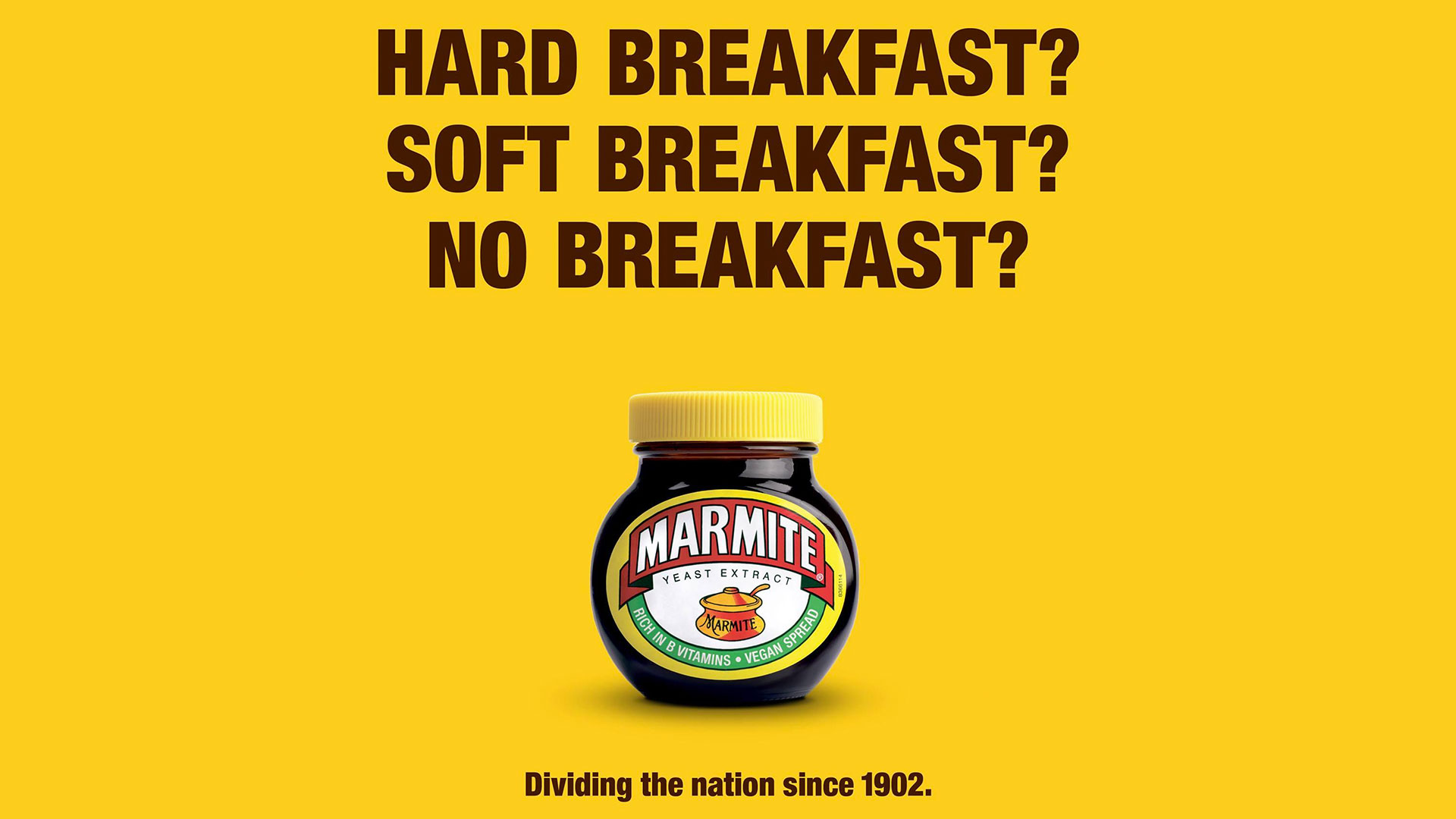AI can’t design your brand's tone of voice: here’s why
There are some concepts AI just can't grasp.
You can’t go far in today’s tech world without hearing how AI technology has transformed various aspects of design, marketing and communication. As a powerful tool, there are clear benefits to having a copilot in your work. AI can act as a sounding board, or a starting point to build on an idea, but within the excitement and the noise we must remember there are things that it cannot do. As a creative industry, we are still learning how to understand the difference between successfully using AI and where it’s a mistake to rely on its output (for a wider look, see how AI is changing graphic design).
When it comes to working with brands, a cursory Google for AI tools for brand writing throws up hundreds of pieces of software that claim to ‘write like you’, learning and adapting their styles to become more human in their approach. The pace that AI learns means that the truth of such statements are not out of the question, but when it comes to brand design and how your brand sounds, there remains an intrinsic value in preserving a distinctly human touch in brand messaging.

Tone of voice is how brands convey their personality and how that comes across. At its heart, a successful tone of voice points the way to a human, emotional connection and that means empathy and authenticity is at its heart. While AI can process vast amounts of data, it remains a tool that collects and outputs binary right/wrong or successful/unsuccessful outcomes to particular queries. It also works by using as a basis everything that has gone before it, so we must ask, if your brand needs to stand out in its field, how useful is it to rely on a system that has at its heart the voices of all your competitors?
Some of the most important aspects of a good tone of voice document not only convey emotions and feeling, but they also encompass warmth, context, humour, empathy and many of the other intangible aspects of the human condition that we’re still, after tens of thousands of years on this planet, trying to understand ourselves. We’re not talking simply about the fact that AI ‘sounds robotic,’ it’s that at its core, today anyway, that’s exactly what it is.

Only humans can understand and feel what a brand needs to be and what it can become. The complexities of cultural nuances and societal sensitivities, for example, are difficult for AI to grasp. The personality of a brand also needs to shift over time and evolve as we as people do. Does AI understand how people change over time, and therefore how consumers shift their ability to put equity in certain brands? My gut feeling is probably not, and I haven’t seen any evidence to the contrary despite what social media will tell you.
In short, a human-designed tone of voice enables brands to navigate cultural and social intricacies, at the same time as offering the ability to genuinely connect on an emotional level with humour and warmth. At this stage, that’s out of the reach of most AI platform’s abilities.
Thinking of integrating an AI chatbot? Be careful, says an expert, they can seriously damage your brand.
Get the Creative Bloq Newsletter
Daily design news, reviews, how-tos and more, as picked by the editors.

Thank you for reading 5 articles this month* Join now for unlimited access
Enjoy your first month for just £1 / $1 / €1
*Read 5 free articles per month without a subscription

Join now for unlimited access
Try first month for just £1 / $1 / €1

Jacob Little is a freelance writer and photographer and over the past ten years, has written for several national publications and brands. Based near Bristol, technology and the creative industries form the basis of his work, and he also provides content planning and project scoping services for agencies and businesses.
